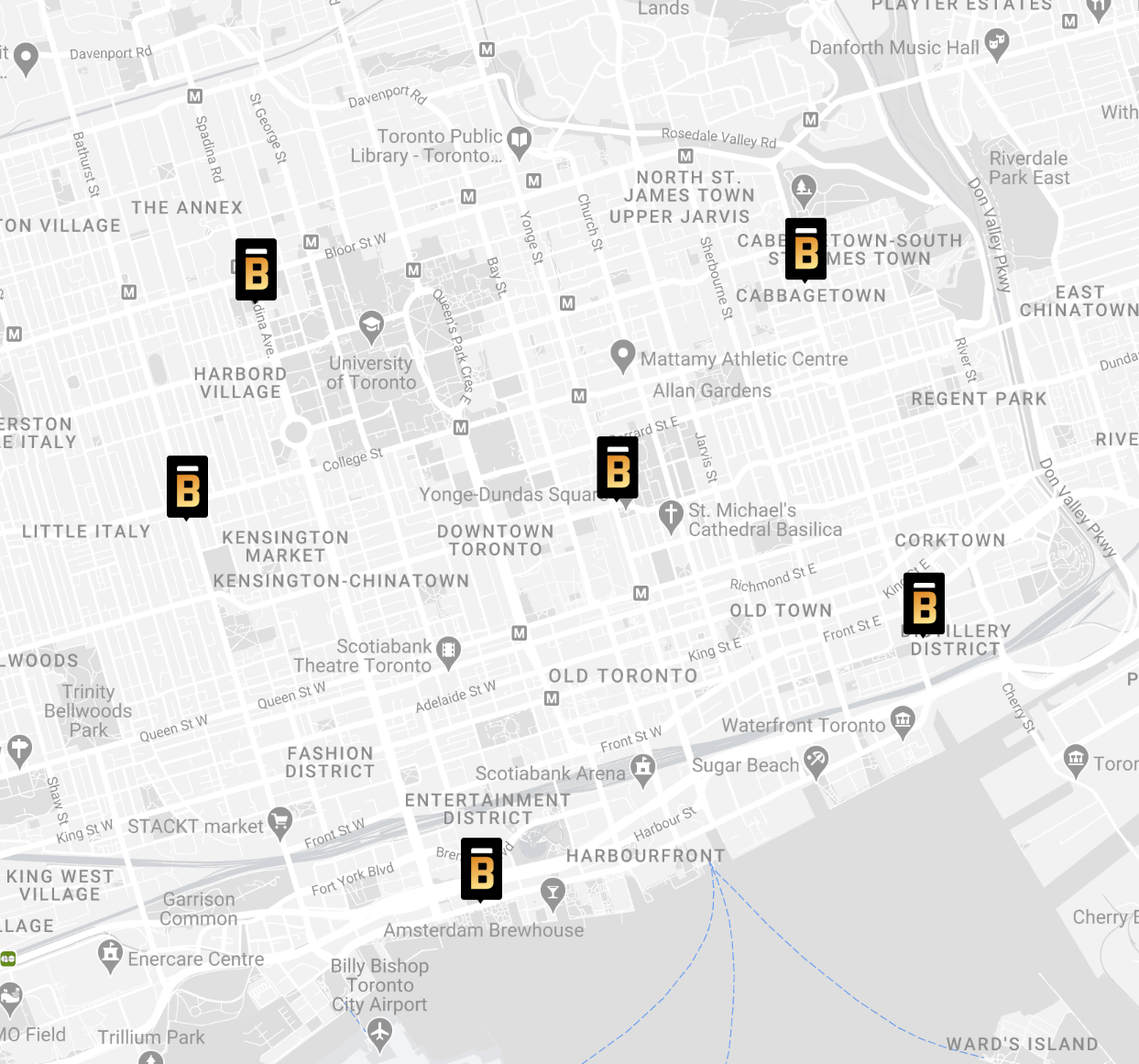Is there any service that will speak LDAP but just respond with the local UNIX users?
Right now I have good management for local UNIX users but every service wants to do its own auth. This means that it is a pain of remembering different passwords, configuring passwords on setting up a new service and whatnot.
I noticed that a lot of services support LDAP auth, but I don't want to make my UNIX user accounts depend on LDAP for simplicity. So I was wondering if there was some sort of shim that will talk the LDAP protocol but just do authentication against the regular user database (PAM).
The closest I have seen is the services.openldap.declarativeContents NixOS option which I can probably use by transforming my regular UNIX settings into an LDAP config at build time, but I was wondering if there was anything simpler.
(Related note: I really wish that services would let you specify the user via HTTP header, then I could just manage auth at the reverse-proxy without worrying about bugs in the service)



Does someone connecting to this have an IP highly correlated with your non-open network? Because if so then yes, that is fairly concerning.